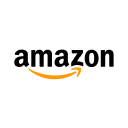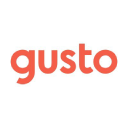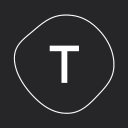How We Launched A $1K/Month FINRA SIE And FINRA Series 7 Test Prep Tool For Professionals
Hello! Who are you and what business did you start?
Hi, my name is Tyler York and I’m one of the founders of Achievable, a test prep company focused on career-advancing professional exams.
We have a platform that offers rich textbook content, reviews backed by a memory science algorithm, and full practice exams to help students prepare for their exams. Our motto is “learn by doing”, and we believe that we’ve built the best platform for training people to pass tests. Our flagship product is the FINRA SIE and FINRA Series 7 exam courses, and we have recently added a GRE course, and a USMLE Step 1 course is coming in the fall.
Our goal is to take the guesswork out of test prep. With Achievable, you study, you follow our program, you know where you stand, and when you’re ready - you succeed. That’s the Achievable difference.


Download the report and join our email newsletter packed with business ideas and money-making opportunities, backed by real-life case studies.

Download the report and join our email newsletter packed with business ideas and money-making opportunities, backed by real-life case studies.

Download the report and join our email newsletter packed with business ideas and money-making opportunities, backed by real-life case studies.

Download the report and join our email newsletter packed with business ideas and money-making opportunities, backed by real-life case studies.

Download the report and join our email newsletter packed with business ideas and money-making opportunities, backed by real-life case studies.

Download the report and join our email newsletter packed with business ideas and money-making opportunities, backed by real-life case studies.

Download the report and join our email newsletter packed with business ideas and money-making opportunities, backed by real-life case studies.

Download the report and join our email newsletter packed with business ideas and money-making opportunities, backed by real-life case studies.

























